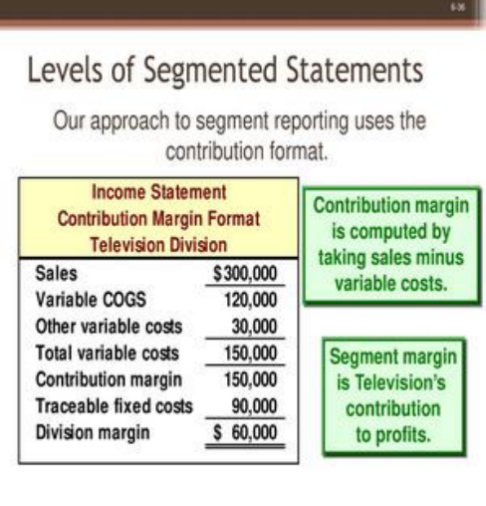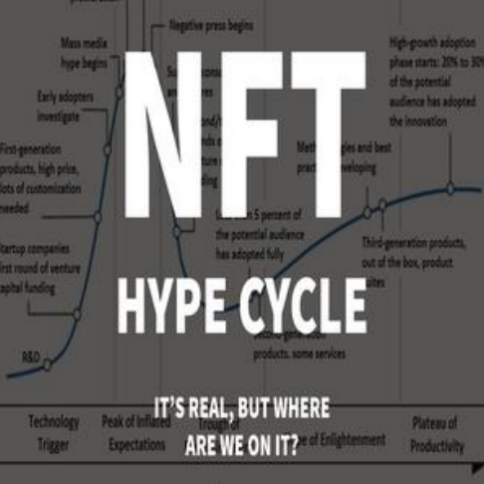When it comes to managing personal finances, making a monthly budget goes beyond merely limiting expenses. It's actually a smart way to improve your financial wellbeing. For those who can spend a lot, an effective budget acts like a guide to help enjoy life while also saving for the future. Here’s a method to tackle monthly budgeting with a thoughtful approach.
Segmenting Expenses Beyond Basics
Standard budgets typically divide expenses into fixed and variable categories, but those who spend large amounts might benefit from a more detailed approach. Think about dividing your expenses into three groups: "essential needs," "lifestyle upgrades," and "dream investments." Essential needs consist of basic necessities like rent, utilities, and insurance. Lifestyle upgrades encompass costly experiences like dining at upscale restaurants, shopping for luxury items, and premium gym memberships—these are the extras that enhance daily life. Dream investments focus on long-term ambitions, such as buying art, investing in real estate, or supporting a personal project. This detailed classification allows you to focus your spending on what truly matters.

Incorporating Behavioral Economics
Gaining insight into your spending habits is essential. Those who spend a lot can use ideas from behavioral economics to help manage their impulsive buys. One effective approach is to implement a "cooling-off period" for any unnecessary purchase that exceeds a specific amount. Studies indicate that taking a 48-hour pause can greatly lower the chances of impulse buying. Another useful tactic is to practice "mental accounting," which involves assigning funds for various spending categories and avoiding the urge to borrow from other budgets. This method allows you to stay in control while still enjoying the benefits of your financial resources.

Factoring in Seasonal and Cyclical Spending
Living a lifestyle that includes high expenses usually means spending a lot during certain times of the year, such as going to fancy summer festivals or enjoying ski trips in the winter. To manage these seasonal costs, you can spread them over several months in your budget. For instance, if a luxury trip costs $10,000, you could save $1,000 each month for ten months. This method helps maintain an even cash flow and reduces financial pressure at the end of the year. Look at your past spending habits to recognize these repeated expenses more effectively.
Dynamic Budgeting with Financial Software
Utilize modern financial management applications to enhance the flexibility of your budget. Rather than relying on fixed spreadsheets, opt for tools that sync with your bank accounts, credit cards, and investment accounts. These applications can sort your transactions automatically, create up-to-date spending summaries, and even forecast future costs based on your previous habits. Several services provide AI-driven recommendations, pointing out where you might be overspending or ways to improve your investments. Keep your finances on track by frequently examining these insights and modifying your budget as needed.

Building in Financial Flexibility
A well-structured budget isn’t fixed; it offers flexibility. Set aside a small part of your income as a "flex fund" to cover spontaneous and fun costs, such as last-minute concert tickets or an unexpected nice dinner. This extra money meets your need for freedom while keeping your main financial plan on track. Moreover, create a savings buffer that equals at least three months’ worth of your essential daily expenses to protect yourself from unexpected financial surprises.
To sum up, creating a thoughtful monthly budget involves balancing your present lifestyle with your future financial aspirations. By using these methods, those who tend to spend a lot can manage their wealth wisely, ensuring each dollar contributes to a safer and more fulfilling financial future.






